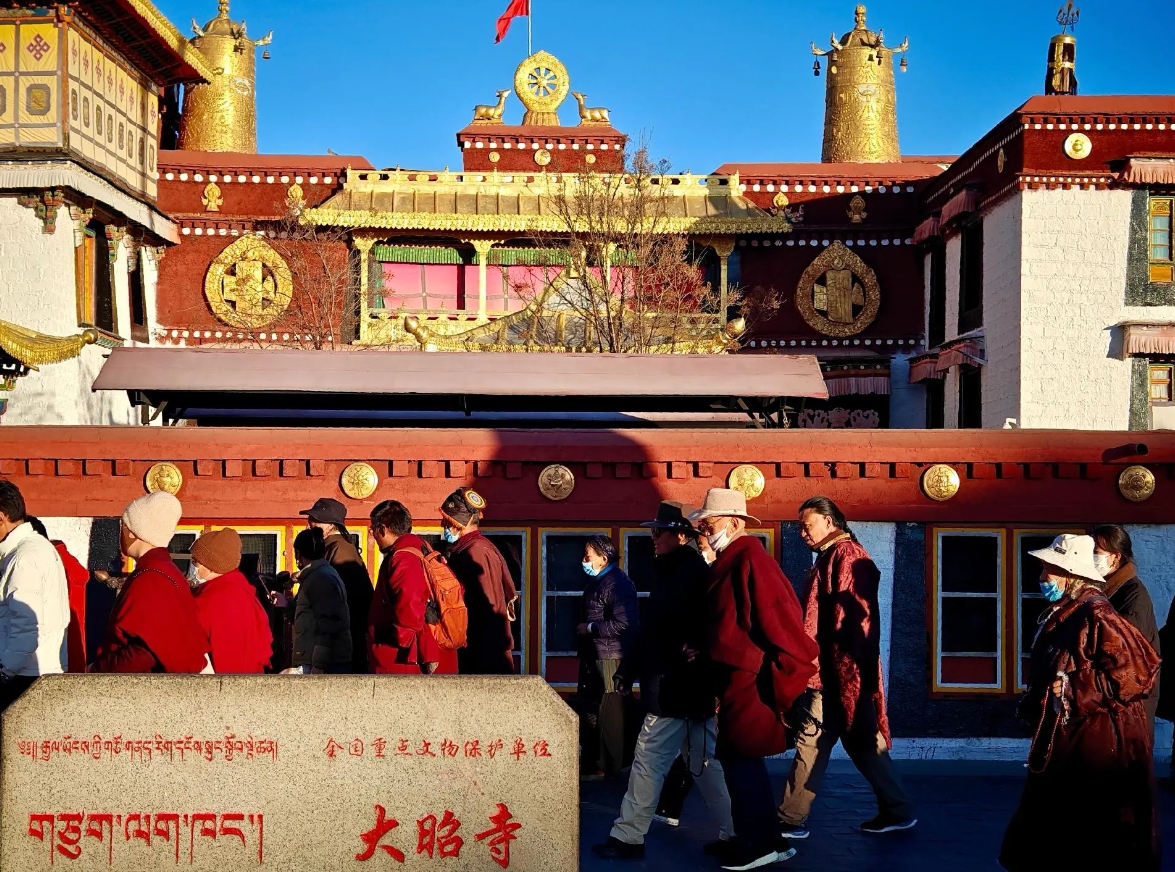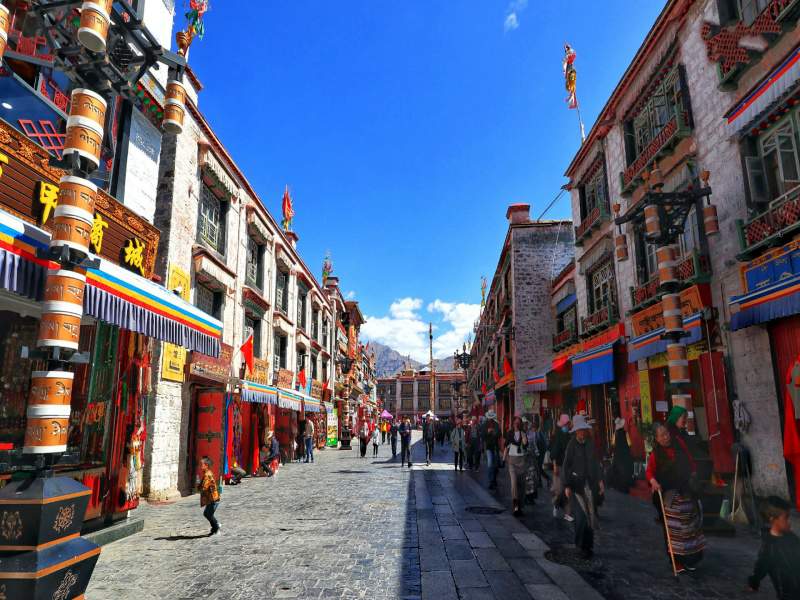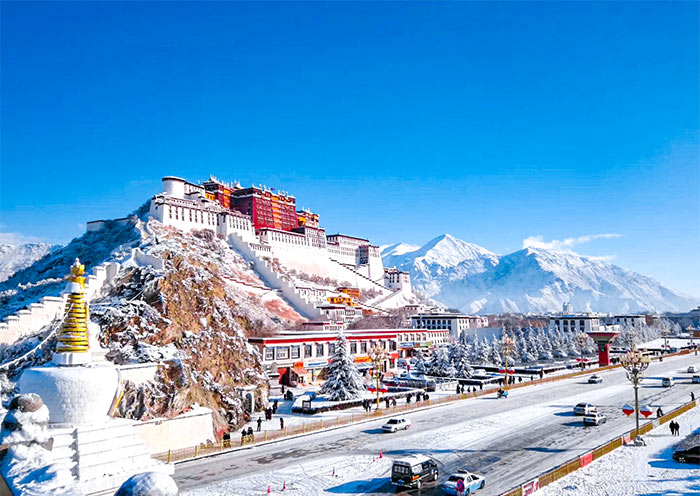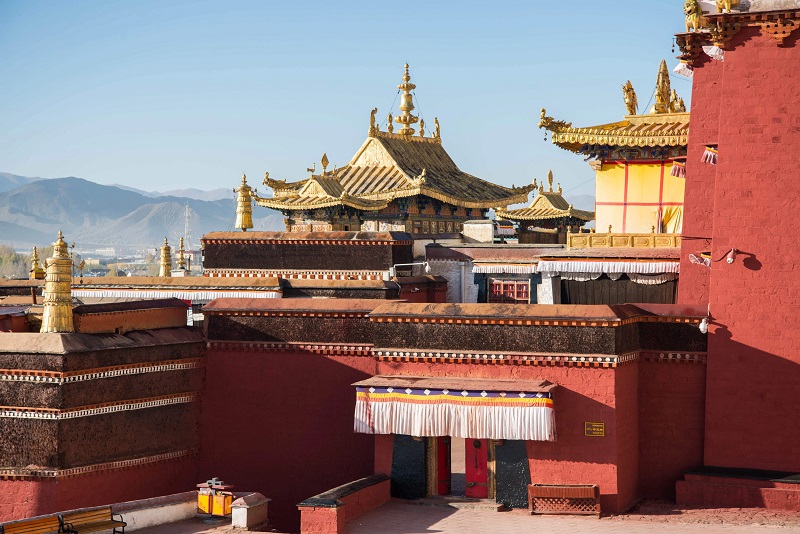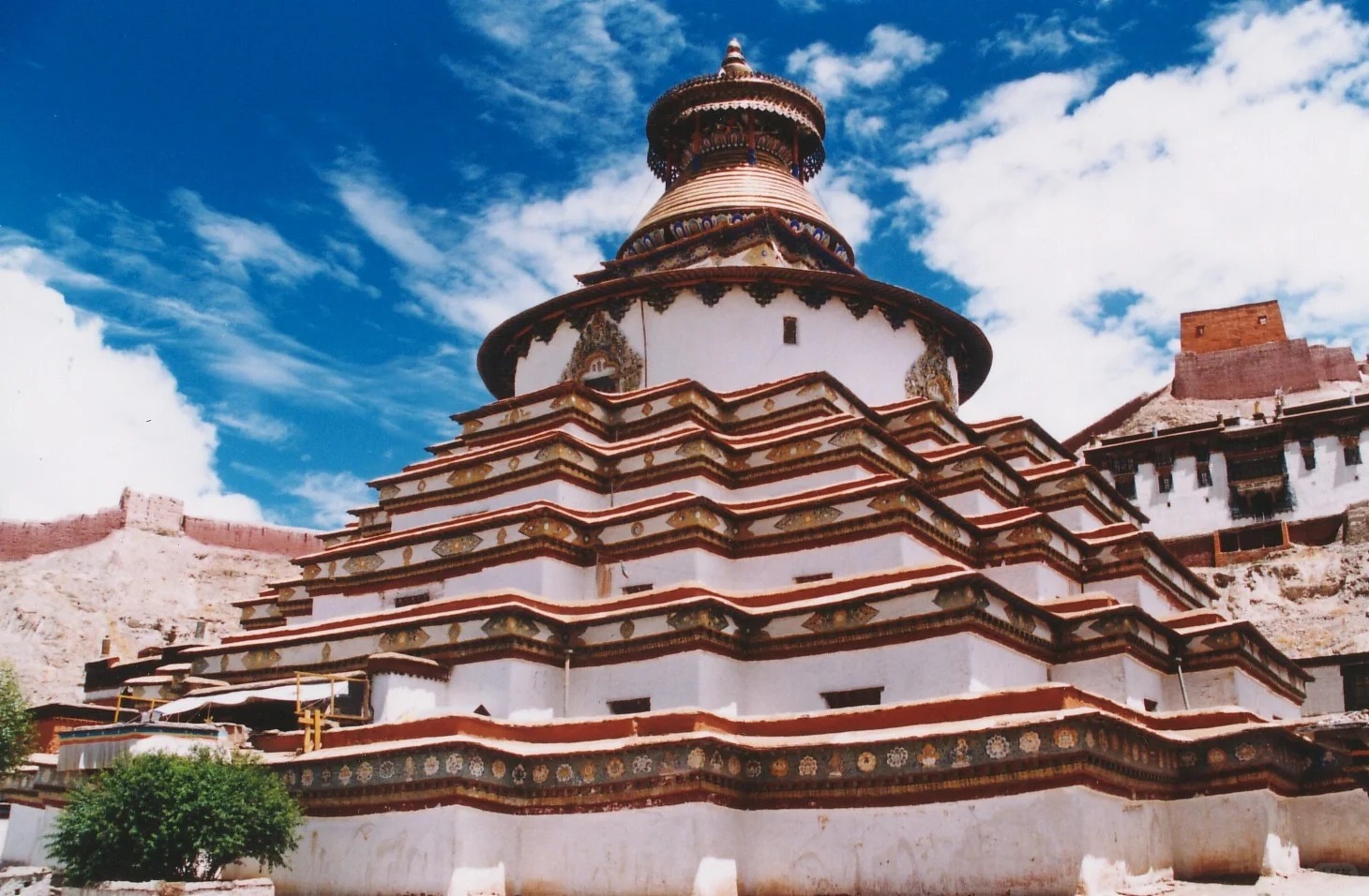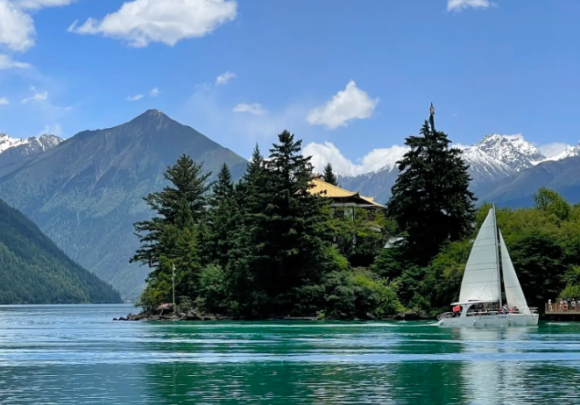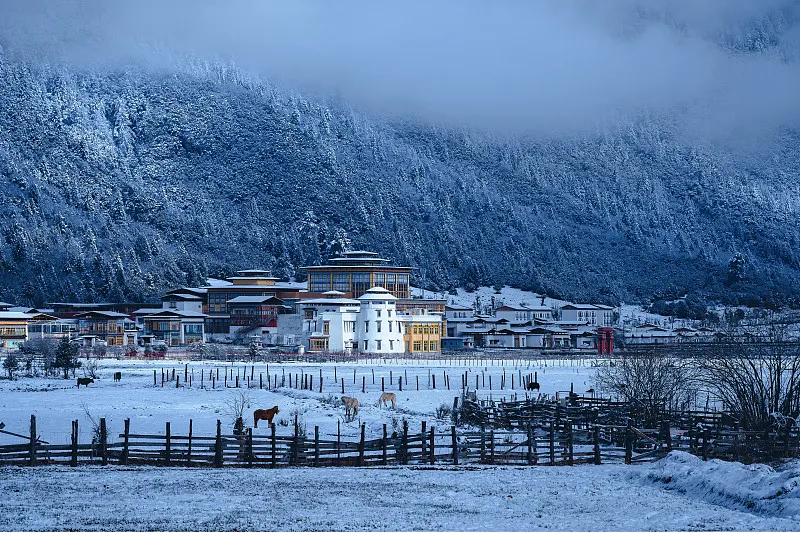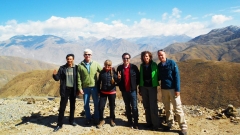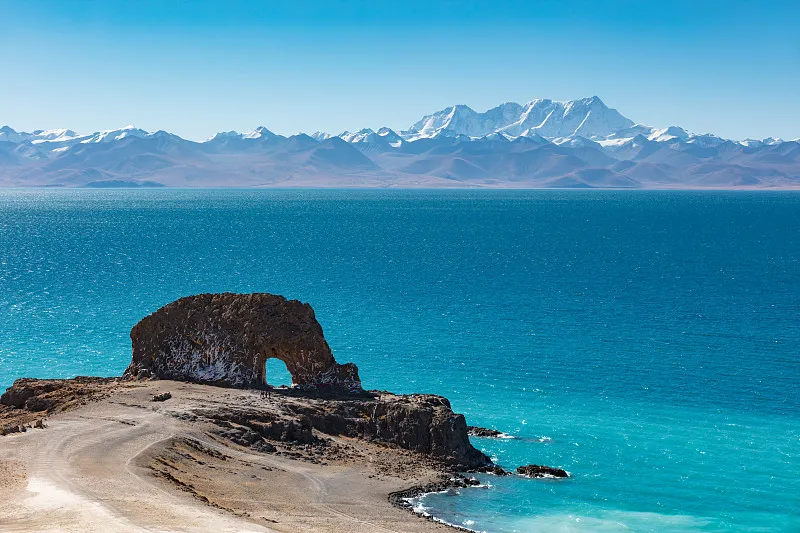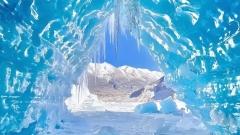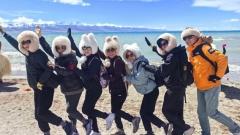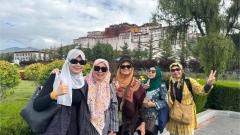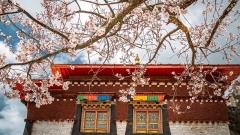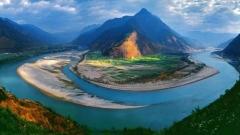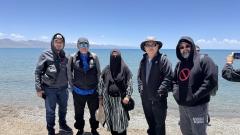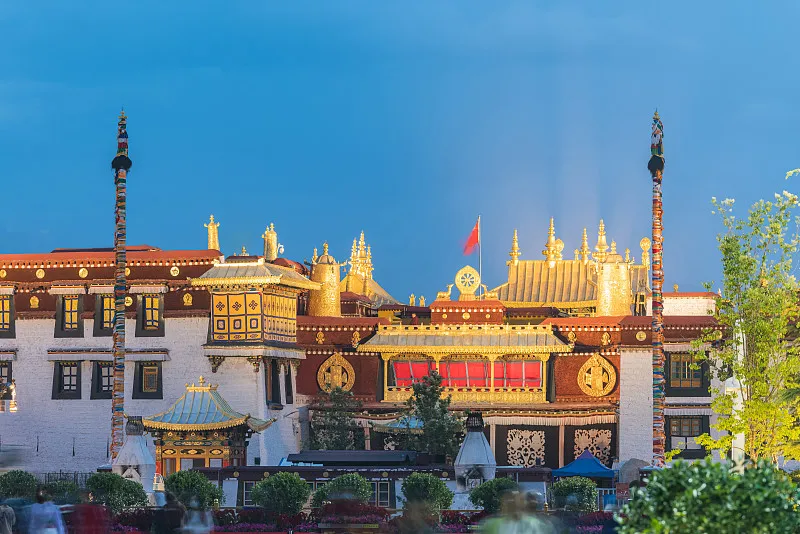Winter in Tibet (from November to March) is a magical season of snow-capped peaks, peaceful temples, and lower travel costs. While some travelers assume that Tibet “closes” in winter, the truth is quite the opposite—many major attractions remain open and can be enjoyed with far fewer crowds. However, a few high-altitude routes may be closed due to snow. This guide explains which places you can still visit, which ones may close temporarily, and how to plan a smooth winter trip.
Lhasa: Open and Peaceful Year-Round
The capital city Lhasa remains fully open in winter, with mild sunshine and relatively stable temperatures (0°C to 12°C). It’s the best place for first-time winter visitors.
✔ Open Attractions:
-
Potala Palace: Open daily, though ticket limits apply. Winter sunlight creates perfect photography conditions.
-
Jokhang Temple: Open and less crowded, ideal for experiencing pilgrims’ devotion.
-
Barkhor Street: Open; the atmosphere is particularly authentic with locals doing koras (religious circuits).
-
Sera & Drepung Monasteries: Monks’ debates continue, and the views are clearer after snowfall.
-
Norbulingka (Summer Palace): Open, though gardens may be covered in snow.
Travel Tip: Many 4-star hotels offer discounted winter rates, and airfares drop significantly compared to summer.
Namtso Lake: Usually Closed in Deep Winter
Namtso Lake (4,718 m), one of Tibet’s most sacred lakes, often freezes from December to March. The road between Damxung and Namtso is closed due to heavy snow and icy conditions, especially near the mountain passes.
✔ Usually Accessible:
-
Until mid-November or from late March onwards.
✘ Temporarily Closed: -
From December to early March.
However, if you’re lucky enough to visit during early winter or late spring thaw, the sight of frozen turquoise water and snow-covered Nyenchen Tanglha peaks is unforgettable.
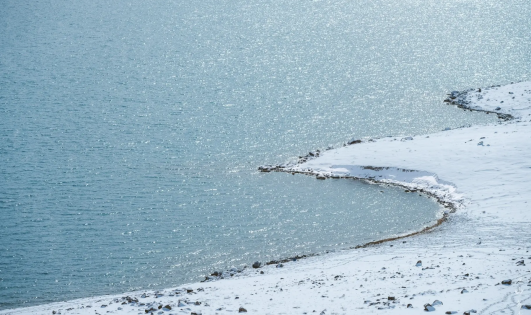
Namtso Lake in Winter
Alternative: Visit Yamdrok Lake, which remains open all winter and offers equally beautiful scenery.
Yamdrok Lake: Open and Stunning in Winter
Yamdrok Lake (4,441 m) on the way to Gyantse is open year-round, and winter is one of the most photogenic times to visit. The clear blue water contrasts with white snow mountains under a deep blue sky.
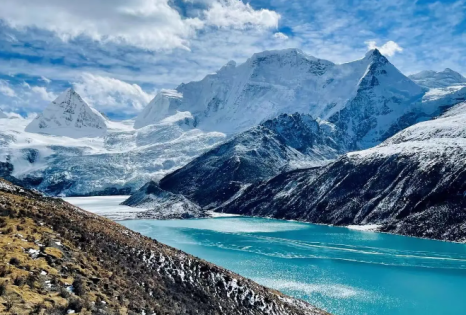
Yamdrok Lake
✔ Open All Winter:
-
Viewing platforms on the Kampala Pass
-
Villages and monasteries around the lake
Travel Tip: Though windy and cold, there’s less traffic, making photography easier. Bring warm clothes and sunglasses to protect against the strong winter sun.
Shigatse and Gyantse: Open but Cold
The cities of Shigatse (home to Tashilhunpo Monastery) and Gyantse (famous for Kumbum Stupa) are open year-round. The Friendship Highway connecting Lhasa–Gyantse–Shigatse is well-maintained even in winter.
✔ Open Attractions:
-
Tashilhunpo Monastery: Open; a major pilgrimage site in winter.
-
Gyantse Kumbum Stupa: Open; fewer visitors allow for peaceful exploration.
-
Pelkor Chode Monastery: Open; beautiful with snow-covered courtyards.
Travel Tip: Roads can be icy in the early morning—drivers usually start later in the day when sunlight melts surface frost.
Mount Everest Base Camp: Open (Weather-Permitting)
Yes, Everest Base Camp (Tibet side) remains technically open year-round, but visiting in winter requires preparation.
✔ Open:
-
Rongbuk Monastery: The highest monastery in the world, offering incredible clear-sky views.
-
EBC Viewpoint: Accessible if roads are not blocked by snow.
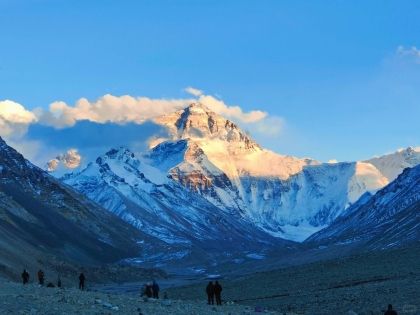
Mount Everest
⚠ Possible Closures:
-
The road from Tingri to EBC can occasionally be blocked by snow or ice between December and February.
-
Accommodation at Rongbuk may close temporarily in extreme cold (temperatures can reach -25°C).
Winter Advantages:
-
The clearest views of Mount Everest—less humidity and no summer clouds.
-
Almost no crowds.
Tip: Go with an experienced local travel agency (like China Dragon Travel) that monitors road conditions and arranges oxygen and warm lodging.
Nyingchi: Open, Mild, and Beautiful
Unlike western Tibet, Nyingchi in southeastern Tibet enjoys a milder, lower-altitude winter (average 5–15°C). Known as “Tibet’s Switzerland,” it’s accessible year-round and even greener than most expect.
✔ Open Attractions:
-
Basum Tso Lake: Open year-round; the turquoise water remains visible even in winter.
-
Lulang Forest: Open, with snow-dusted fir trees and Tibetan villages creating magical scenes.
-
Giant Cypress Forest of Bajie: Open; beautiful for light hiking.
Travel Tip: Winter is also the start of the Peach Blossom season (late March), so arriving in February–March gives you a chance to see early blooms.
Ngari (Mount Kailash Region): Mostly Closed in Winter
The remote Ngari region, including Mount Kailash and Lake Manasarovar, is generally inaccessible from late November to April due to heavy snow and closed mountain passes.
✘ Closed or Difficult Access:
-
Mount Kailash Kora Route: Frozen, extremely cold, and unsafe.
-
Lake Manasarovar: Road access limited.
✔ Possible in Late Spring:
-
Reopens gradually around April–May, when pilgrimage season begins.
Alternative: Visit Shigatse and Gyantse for monastery tours and mountain scenery instead of Ngari in winter.
Ali and Northern Tibet: Closed for Tourism
The northern Changtang Plateau and Ali region experience extreme cold and high winds in winter, with temperatures dropping below -30°C. Local infrastructure (lodging, restaurants, etc.) shuts down, and even locals migrate southward.
✘ Closed or Not Recommended:
-
Pangong Tso (Tibet side)
-
Ritu, Gerze, and other high-altitude areas
If you are a photographer or explorer, it’s best to postpone northern Tibet trips to May–October.
Winter Travel Advantages in Tibet
-
Lower Prices: Hotel and transport costs drop by 30–50%.
-
Fewer Tourists: Major sites like Potala Palace and Jokhang Temple can be visited in peace.
-
Clear Skies: The dry air of winter gives the best visibility for photography.
-
Rich Local Culture: Winter is pilgrimage season for Tibetans, offering authentic cultural encounters.
Note: Winter travel is completely safe as long as you stick to accessible routes (Lhasa–Shigatse–Nyingchi) and travel with a licensed Tibet tour operator.
Suggested Winter Routes
Route 1: Classic Central Tibet Tour (7 days)
Lhasa → Yamdrok Lake → Gyantse → Shigatse → Lhasa
Route 2: Winter Nyingchi Scenic Tour (6 days)
Chengdu → Nyingchi → Basum Tso → Lulang → Lhasa
Route 3: Everest Adventure (8 days)
Lhasa → Gyantse → Shigatse → Tingri → EBC → Lhasa
Conclusion
Winter in Tibet is not a season to avoid—it’s a hidden treasure for photographers, pilgrims, and peace seekers. While high-altitude areas like Namtso and Kailash may close, most of Tibet’s cultural and natural highlights remain open, quieter, and more affordable than ever. With proper clothing, local guidance, and flexibility, a winter journey to Tibet can be one of the most unforgettable travel experiences of your life.



